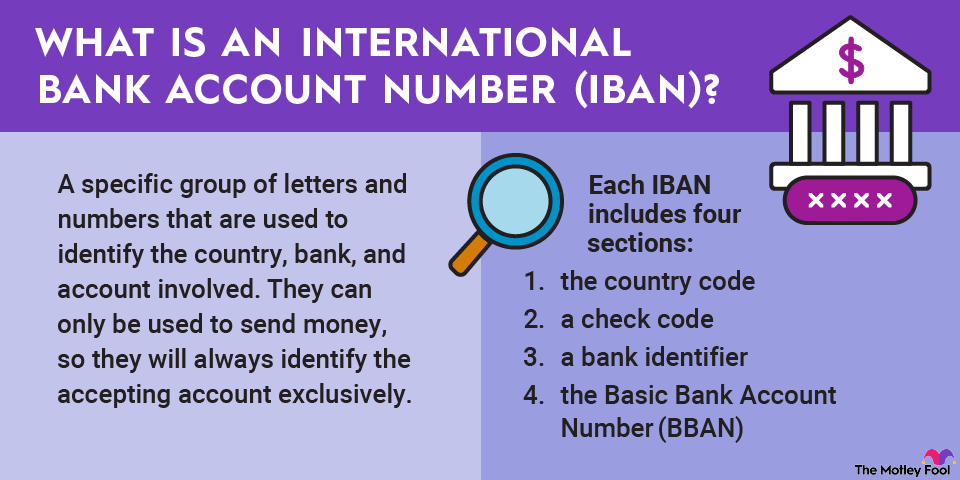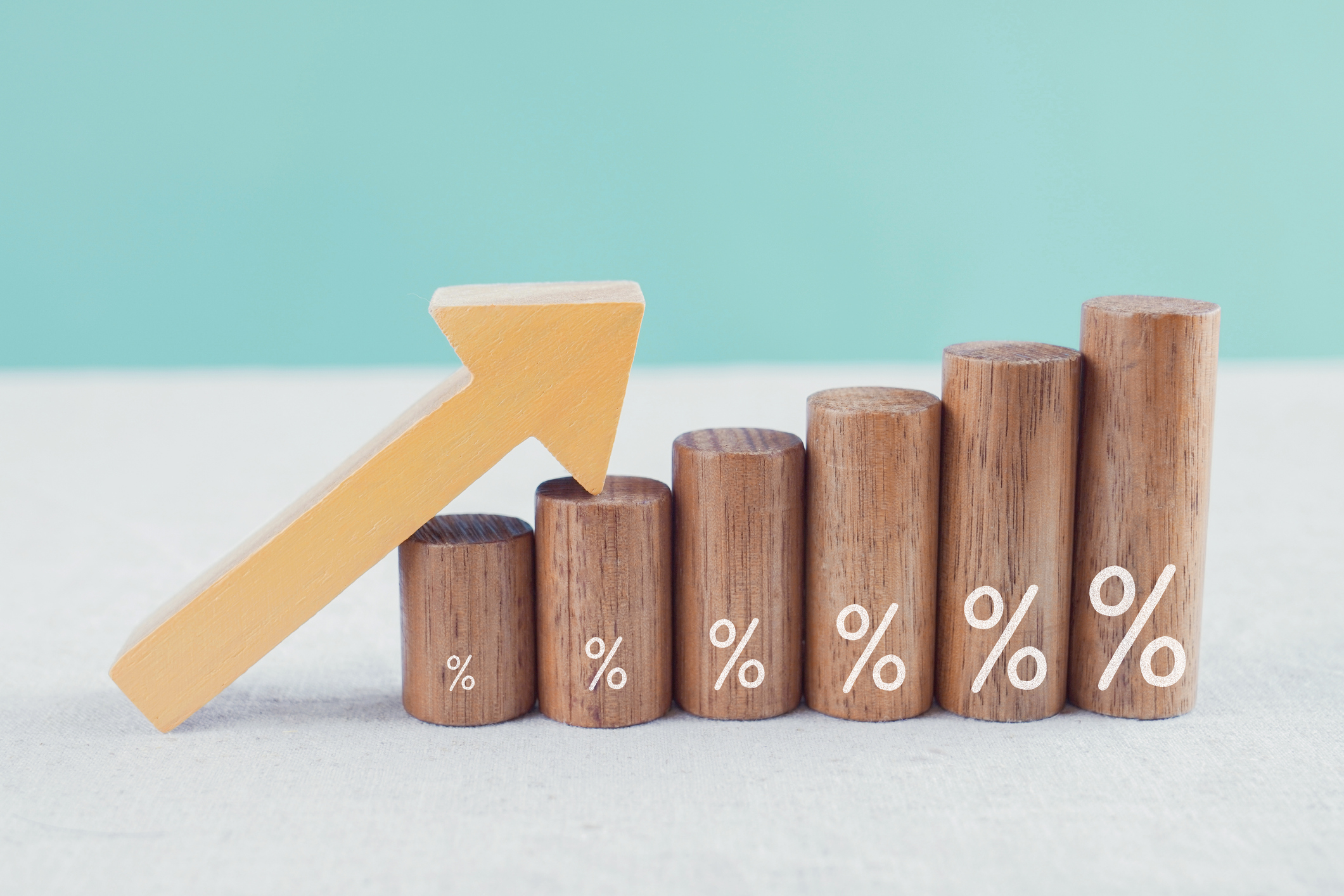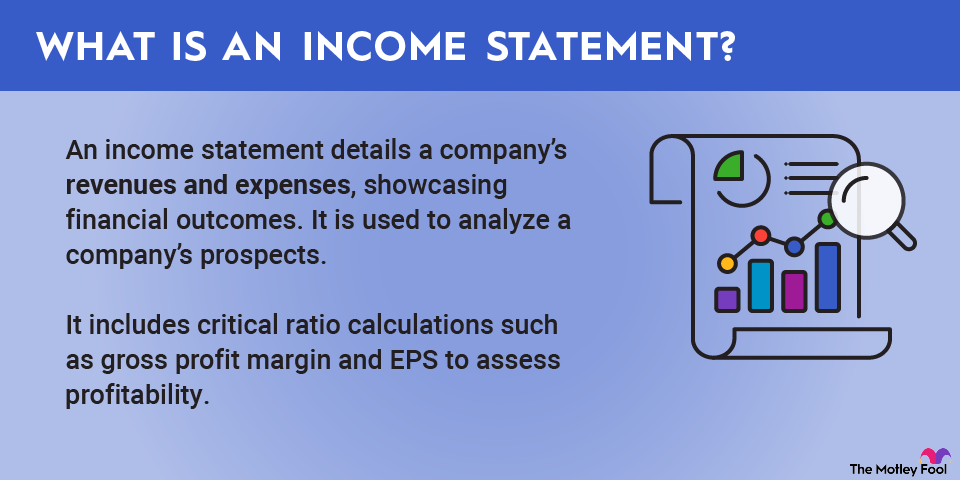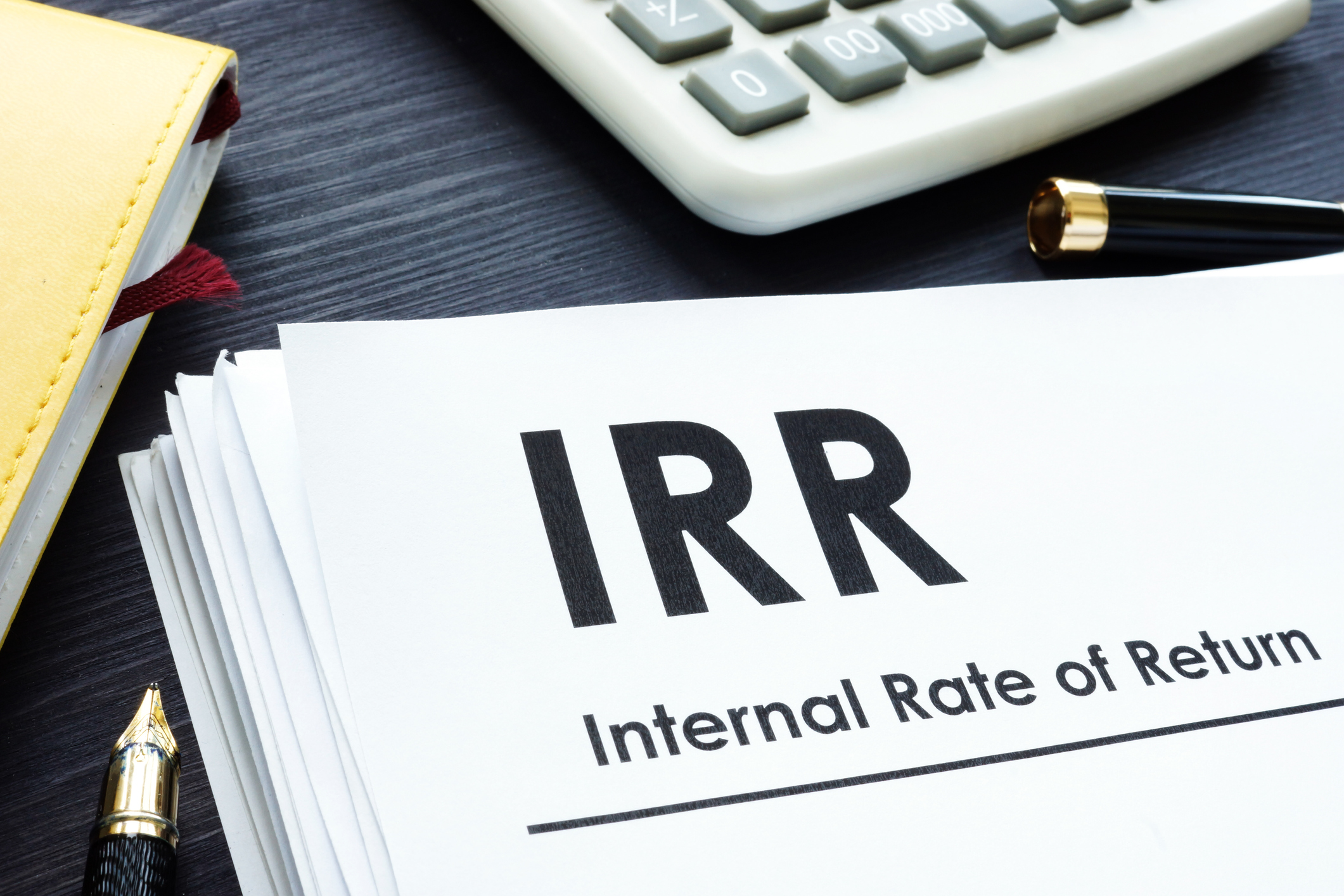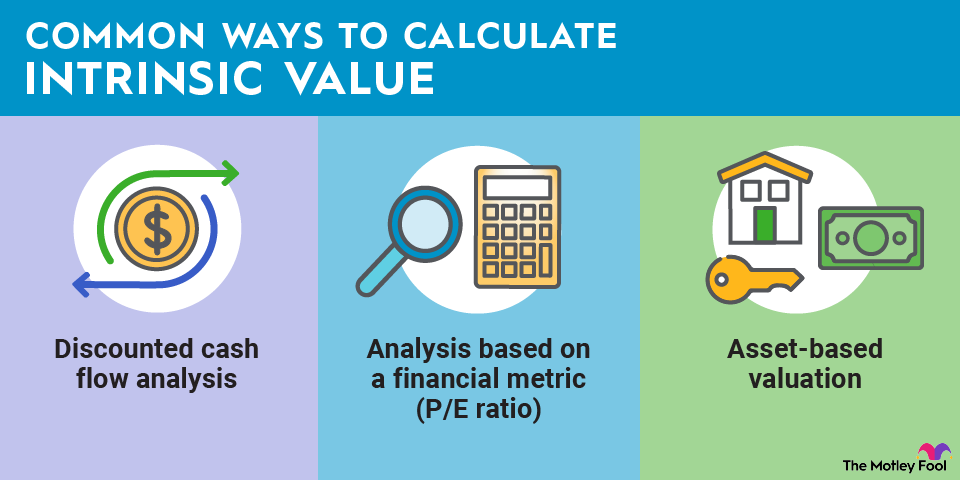There's a lot of math that you can do to look at your investments in different ways. Sometimes, the math is really straightforward, but sometimes it's more complex and requires independent variables. Read on to better understand this concept and how to use it in your investing life.

What is an independent variable?
Independent variables are exactly what they sound like -- they're variables that don't require other inputs to exist. Instead, they're independent of other numbers. When you have an independent variable in an equation, it's because you want to see the effect of that variable on the equation, not because some part of the equation or statistical model generates it.
In other words, the independent variable is the part you can change to anything you want without messing up the equation or model (though you might get weird results if you go outside of realistic expectations). Independent variables are really important in complex equations because they allow you to examine potential outcomes or use systems of equations to create models.
Where are independent variables used?
Independent variables are used to help explain or predict changes in dependent variables, which we'll get into a bit later, but are used in all kinds of places in investing, including equations like:
Future value with compound interest
If you'd like to know what an investment could be worth in the future, with compound interest, you'd use this equation:
FV = PV x (1+r)^n
Where:
FV = Future value
PV = Present value
r = interest rate per period
n = number of periods
In this case, PV, r, and n are independent variables because you can make them anything you want to generate FV. So, it doesn't matter what you make those variables; they will not affect one another -- only FV.
P/E ratio
The P/E ratio also uses independent variables, which are price and earnings per share (EPS). The equation is:
P/E ratio = Price / EPS
In this case, price and EPS are the independent variables. If you change one, the other won't change. The only thing that changes in the equation is the P/E ratio.
Independent variables versus dependent variables
The easiest way to tell between an independent variable and a dependent one is whether or not they will change if something else changes in the equation. In the above examples, you can see that the dependent variables, often on the left side of the equation, change when the independent ones are manipulated, but the independent variables don't change unless you change them.
You can make the independent variables anything, and they won't budge, but every change to an independent variable will have an effect on the dependent one. Let's look at an example.
If you're looking at a P/E ratio, for example, P/E ratio is your dependent variable -- it changes as you change price and EPS.
- If the price is $10 and EPS is $1, the P/E ratio will be 10.
- If the price is $10 and EPS is $5, the P/E ratio is now 2.
- But, if the price goes to $15, EPS can stay at $5, and only the P/E ratio will change, to 3.
That's how independent and dependent variables interact.
Related investing topics
Why independent variables matter to investors
Independent variables matter a ton to investors because they're how we figure out if we're doing well or if we're in deep water and drowning. When you plug a number into an equation meant to help you analyze your portfolio, you're using an independent variable. When you say you'd like to see what your total return will look like in five years, given assumptions x, y, and z, you're using four independent variables.
Independent variables are the guesses and hopes that we fill our stock baskets with when we do statistical analysis. They're not the answers, but they're a way to ask the questions that you need answers for and get a quantitative result.


